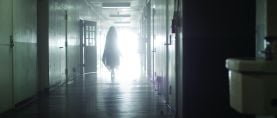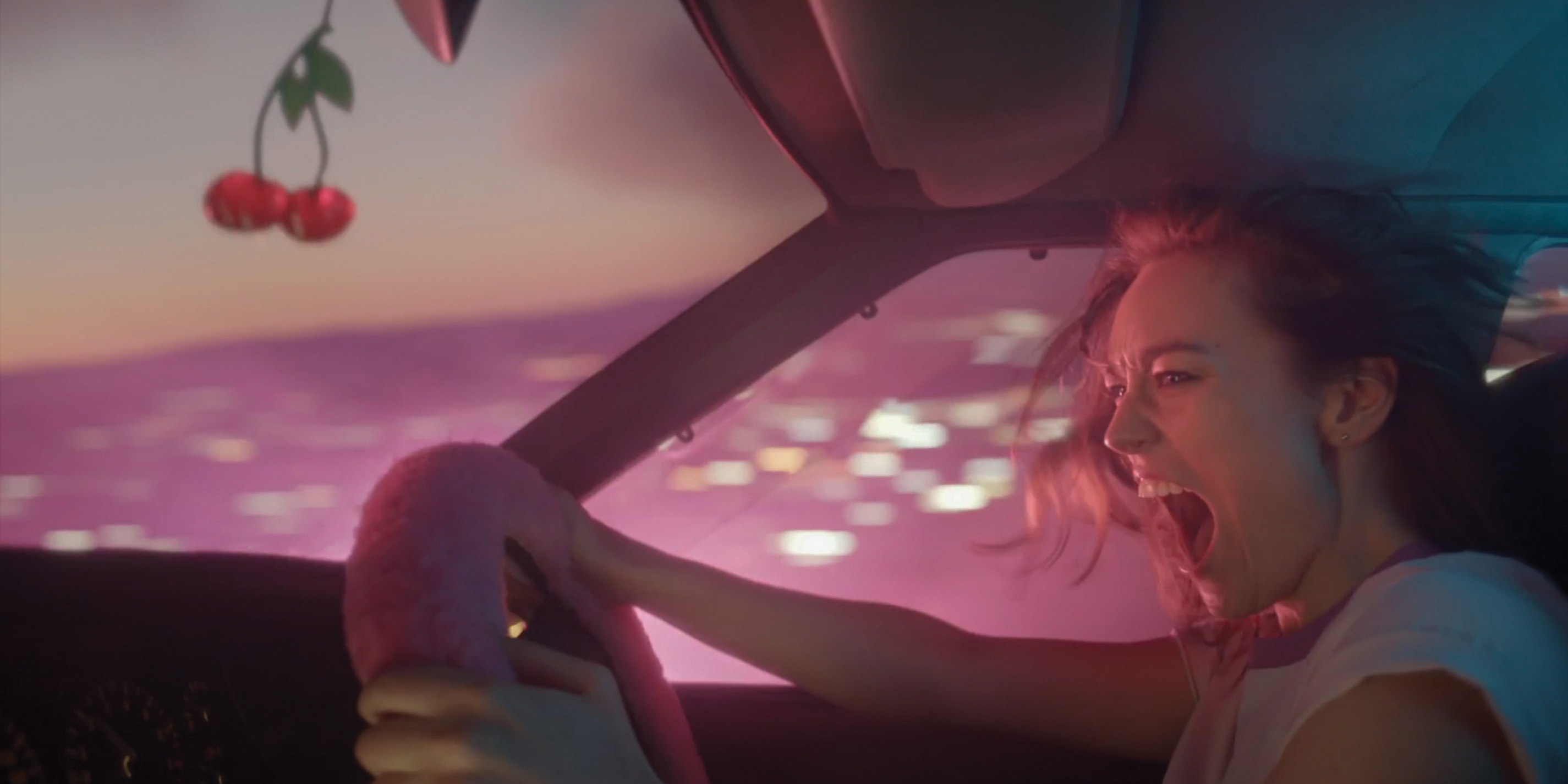
The Art of the Ad
“On commercials, I get the chance to cut my teeth on different tools and techniques in a short period of time.” Leading cinematographers discuss their short-form work.

Cinematography for features/television and cinematography for commercial advertising occupy different worlds. There are specialists in both fields, but many feature and television cinematographers also shoot commercials when they’re between projects. “Commercials afford me the opportunity to work with a lot of hardware I wouldn’t typically encounter in narrative work — drones, gimbals, motion-control rigs, what have you,” says Christopher Probst, ASC (Mindhunter, Beyond Skyline), whose commercial clients include Apple, Fox Sports, Adidas, Lexus and Ford. “On recent jobs, I’ve done a lot of in-camera visual effects on LED volumes, skills I take with me to the narrative world. On commercials, I get the chance to cut my teeth on different tools and techniques in a short period of time.”
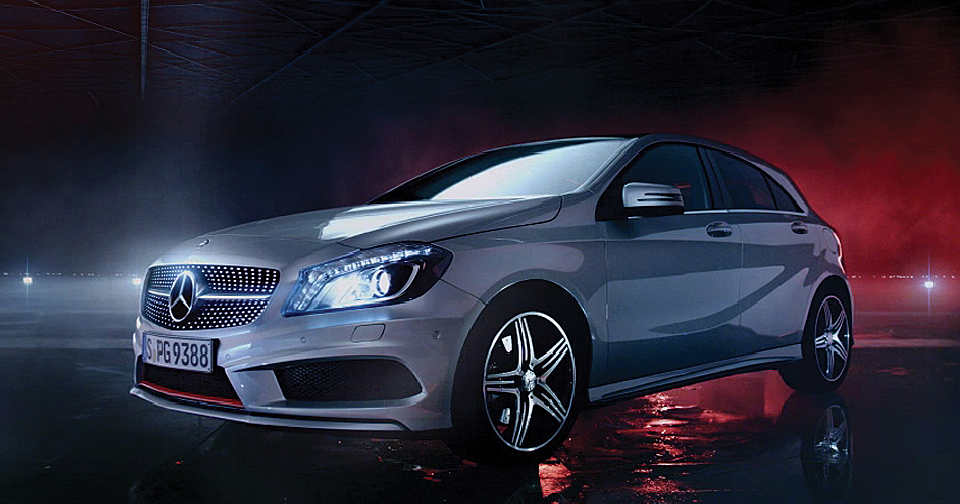
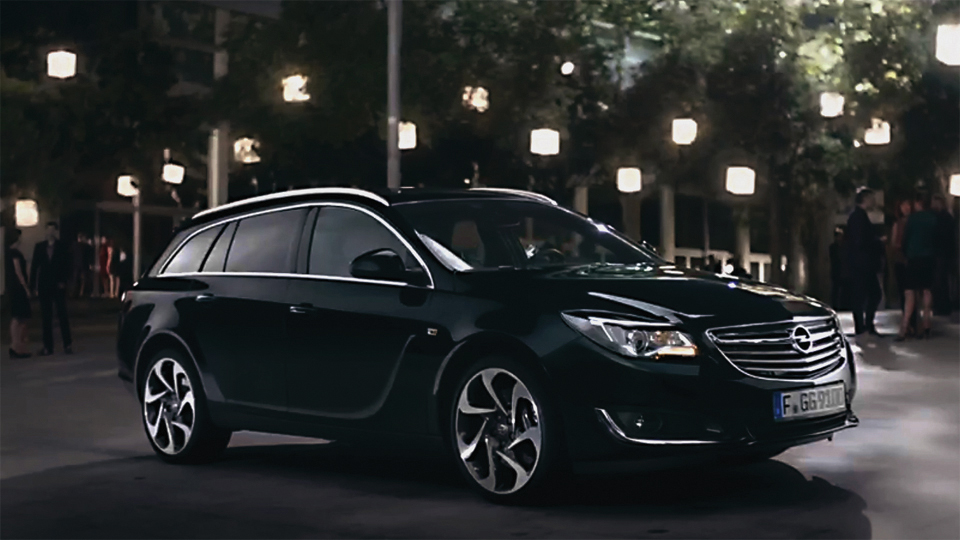
Cinematographer Zoë White, ACS (The Handmaid’s Tale), who has photographed commercials for McDonald’s, Nintendo and Pepsi — and was named one of 2019’s AC Rising Stars of Cinematography (AC Feb. ’19) — concurs. “On a recent spot, I worked with a tiny FPV [first-person view] drone,” she says. “They’re super fast and super small — no bigger than a tiny bird. The pilot, an Australian kid about 16 years old, was wearing goggles and operating this thing at extremely high speeds. You can get crazy-fast POV shots, like something falling from the sky. All the new tools I work with in commercials become part of my arsenal to utilize when the need arises on narrative work.”
Two-time Emmy and ASC award-nominated cinematographer Paul Cameron, ASC (Pirates of the Caribbean: Dead Men Tell No Tales, Westworld), notes, “Commercials allow moments where you can level-up your craft, and you can then bring those skills to the next job. You can keep shooting between larger jobs to keep the blood flowing and exercise creative muscles. They are fantastic opportunities.

“I’ve been shooting commercials for quite a long time, and it’s given me the opportunity to work with amazing directors,” he adds. “Before Tony Scott and I did Man on Fire, we made a BMW spot where we basically tested out concepts for that movie, like using hand-cranked cameras — and opening up the shutters on cameras to streak the lights in Las Vegas as we led the car down the street. Doing commercials, you get a chance to explore artistic and technical ideas that you don’t usually get to try in other work, and later you might incorporate them into a movie or another project. You also stay current and work with fabulous directors all around the world. The travel experience is extraordinary! Getting the chance to shoot in the best light in the best locations on the globe is quite empowering.”
Regarding travel, Probst adds, “At one stage of my career, I was on three different continents and in five cities within a week and half. In just 24 hours, I was in Germany, Los Angeles, and on a glacier on the South Island of New Zealand. I was standing on this snowy plain, thinking, ‘What just happened to me?’ It was nuts, but commercials give you that extraordinary opportunity.”
Undoubtedly, one benefit to shooting commercials is that they are often pure visual storytelling — the image is the story. The client has mere seconds to grab viewers’ attention and implant positive images of a product into their hearts and minds, and the cinematographer’s contributions are key to making that emotional and visceral connection. Commercial shoots give cinematographers the latitude to really stretch their creative wings and make sure every frame is imbued with a certain panache and beauty.
On the following pages are further insights from these cinematographers on working in the commercial world.
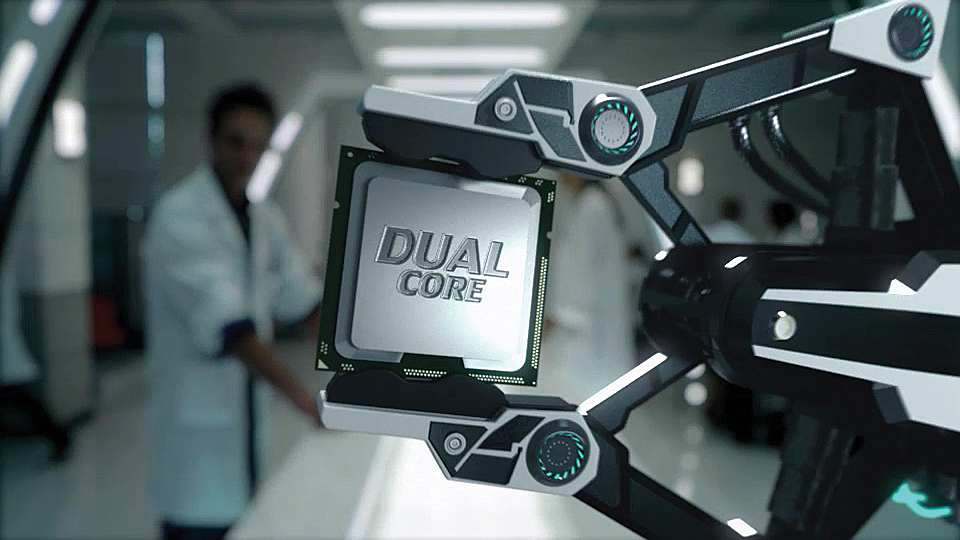
Current Trends
Commercial jobs are often testing grounds for new creative approaches, allowing cinematographers to familiarize themselves with the very latest tools and techniques.
Zoë White, ACS: Every commercial is different. Sometimes they come heavily storyboarded and you’re just shooting the boards because the client wants what they planned frame-for-frame, and sometimes a director is given more freedom to freestyle on set and find shots that are happy accidents. In terms of trends, I’ve seen a lot of spinning of the camera — rotating about the central axis of the lens. There are now tools like an Arri Trinity with a 360 rig on it. I used that for one ad, and directors have approached me saying, ‘How did you do that? Can we do that?’ I’ve had a lot of recent jobs where we just kind of used a Steadicam to get in there with the characters and find the movement and music in what we were shooting.
Paul Cameron, ASC: I started out shooting a lot of car commercials, and I continue to shoot them between feature and TV jobs. I’ve seen a big change in car photography. In the early 1990s, we were doing the refined beauty-product shots, flying flats [large bounce surfaces] over cars and getting that perfectly shaped specular highlight every time. I was working with Ken Fisher when we created the Fisher Light, and we were flying them on construction cranes over cars on location. We’d get up at 3:30 in the morning and get to location and be ready to shoot in perfect dawn light, and then break and sleep in the middle of the day to come back for perfect sunset light. Today it’s more about naturalistic lifestyle photography. Clients want to shoot in hard noon sunlight to get the perfect color out of the car and make it look more ‘real.’
I shot a commercial for Audi in the late 1990s in a downtown L.A. riverbed at night, and the director said, ‘I want the light on this car to look like liquid mercury.’ So I stretched 120 feet of silver lamé between two construction cranes, rigged huge FX fans to the cranes to blow on and ripple the fabric, and then bounced four or five 7K xenon lamps into the lamé. Sure enough, the highlights in the car looked like liquid mercury. It was really quite cool!
That highly polished car-
commercial photography is what got me the job shooting Gone in 60 Seconds [AC June ’00], and I took those same techniques onto that movie, using them to light ‘Eleanor’ [a vintage Ford Shelby Mustang].
Make It Cinematic
One of the first requests a commercial cinematographer often gets from a client is to make it cinematic. But what does that actually mean?
White: That’s a good question. When a commercial client asks for that, I think they want to feel like they’re watching a scene from a beautiful, heartwarming film. Perhaps it’s a more ‘human’ camera style with an observational approach, maybe with some handheld. Or perhaps it’s using softer lenses, less contrast and a low-key lighting approach, and then layering on a filmic LUT and film grain to polish off the look in post. It could also be in the storytelling if it’s more of a character-based narrative rather than conceptual technique or product shooting. Sometimes it’s a combination of all of the above.
Christopher Probst, ASC: Pretty much all of my work swings toward cinematic. On a technical level, I think there are certain properties that start to create a cinematic feel: shallower depth of field, atmosphere, the overall level of contrast, the shape of the light, and so forth. The bright, front-lit, crisp look that you see in a lot of commercials isn’t what people are talking about when they say ‘cinematic.’ They mean a lower-key look with more shadowed shape and a wrapped key, a softer backlight with smoky atmosphere, lens flares and more artistic compositions. ‘Cinematic’ can also mean aspect ratio, something wider than 1.78:1 [16:9] with a bit of a letterbox, or shooting with anamorphic lenses [even if you’re cropping to 16:9] to get that cinematic bokeh. Those are image qualities that feel more like movies.
Cameron: Cinematic has to do with light first, and then optics. I equate ‘cinematic’ with ‘emotional.’ We might shoot the commercial on vintage anamorphic lenses and crop the sides for a 16:9 extraction or something like that. So many people run around with a Russian arm, racing up to a car, wrapping around it and then having the car pull away, but when I think ‘cinematic,’ I think of something more considered. I park the car in the frame and shoot it in the right light, keeping it natural and authentic. That’s cinematic to me.
Probst: Furthermore, you can push these things to pretty extreme levels. There’s a brevity to the film language in commercials — you have only a few images to convey an entire narrative — so you try to imbue the shots with emotional visual content that imparts a feeling to the viewer. Imagine a couple picnicking in a wheat field, lying in tall grass and looking up at the sky, where there’s a beautiful, aggressive flare from the sun. That single image conveys memory and nostalgia; it’s romanticized and exaggerated because you have to communicate the idea in the shortest amount of time. You could never shoot a whole movie with extremely aggressive, veiling glare milking out the frame, but you can shoot a whole commercial with aggressive, romantic and beautiful flares. That’s giving things a ‘cinematic’ feel in an extremely abridged time frame.
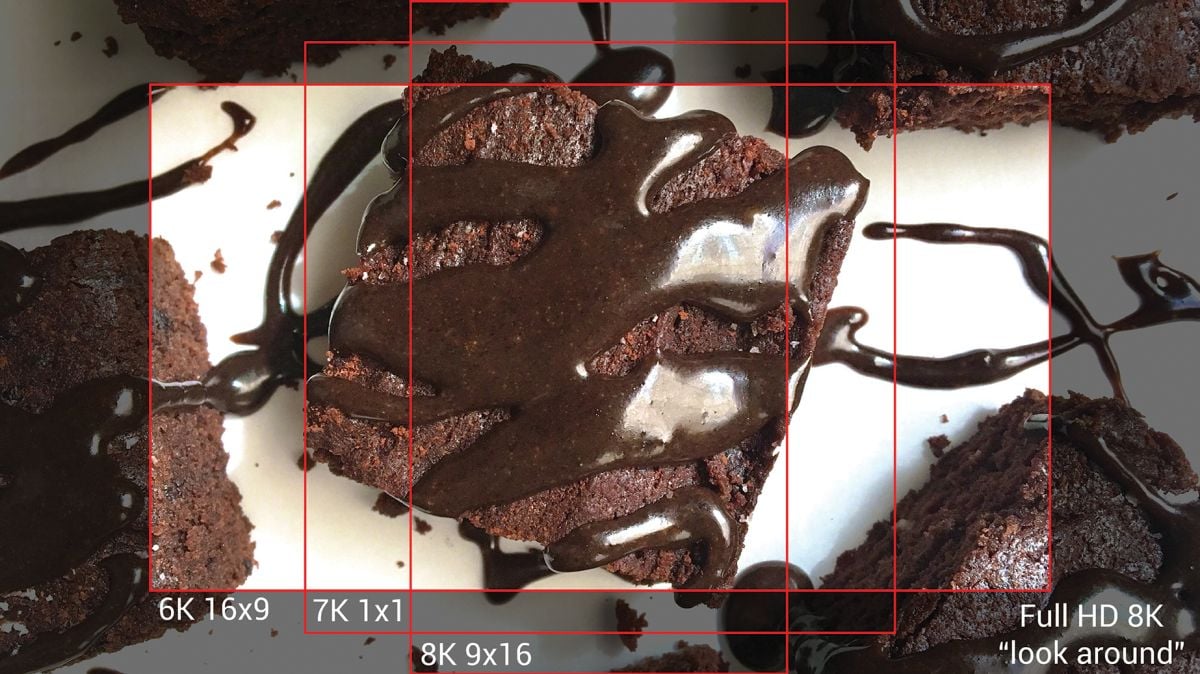
Multi Formats
Another current trend is the use of diverse aspect ratios to create content simultaneously for television, vertical viewing on mobile phones, and square viewing on apps such as Instagram. The concept of composing for multiple aspect ratios is not new — cinematographers were often required to compose for widescreen theatrical and television images simultaneously with 4:3 television framing — but the need to deliver content for easy mobile consumption has complicated the task in recent years. This is forcing cinematographers into awkward compositional choices.
Probst: We’re often required to contend with multiple formats — 16:9, 9:16 and 1:1 are the big ones. I have a specific technique for dealing with this when I shoot with the Red Monstro. [See photo, page 12.] Because I can shoot in 8K, I utilize the full 8K sensor for the 9:16 image cut from the center portion of the frame. Then we crop down to 7K for the 1:1 composition, still with a common center. Finally, I crop down to 6K for the 16:9 portion. That gives me plenty of image information to master in 4K or, more commonly, 2K. If I were shooting full resolution for the 16:9, then the 9:16 portion becomes a tiny sliver taken out of the center of the image. If I were instead shooting at 3.2K [3200x1800] on an [Arri] Alexa, for example, and shooting full width for my 16:9, then my 9:16 image becomes 1013x1800 pixels, which is sub-HD. If I’m shooting 8K sensor in HD [16:9] mode, then I have a 9:16 of 2430x4320 with a 16:9 of 5760x3240. That gives post a lot more image information to work with.
Additionally, because I’m only shooting 6K for the main 16:9 image, I have a healthy amount of look-around area around the main composition to make sure I’m protecting the image from any bogies during shooting. I shoot a framing-chart leader for the post team at the beginning of each project and show them the crops for each, and that makes it substantially easier for everyone to visualize and to actively protect the multiple formats within a single image. The alternative is to shoot the image the way you want and make them deal with it later, but then they’re trying to pan-and-scan to extract the pillarbox frame from somewhere within the main composition, and it’s almost always a compromise. The only caveat is that you have excess headroom and foot room in the full frame to accommodate the 9:16 image, and you have to keep that clear. But with high-photosite-count sensors like the Monstro, you have resolution to spare and can deliver all formats simultaneously.
